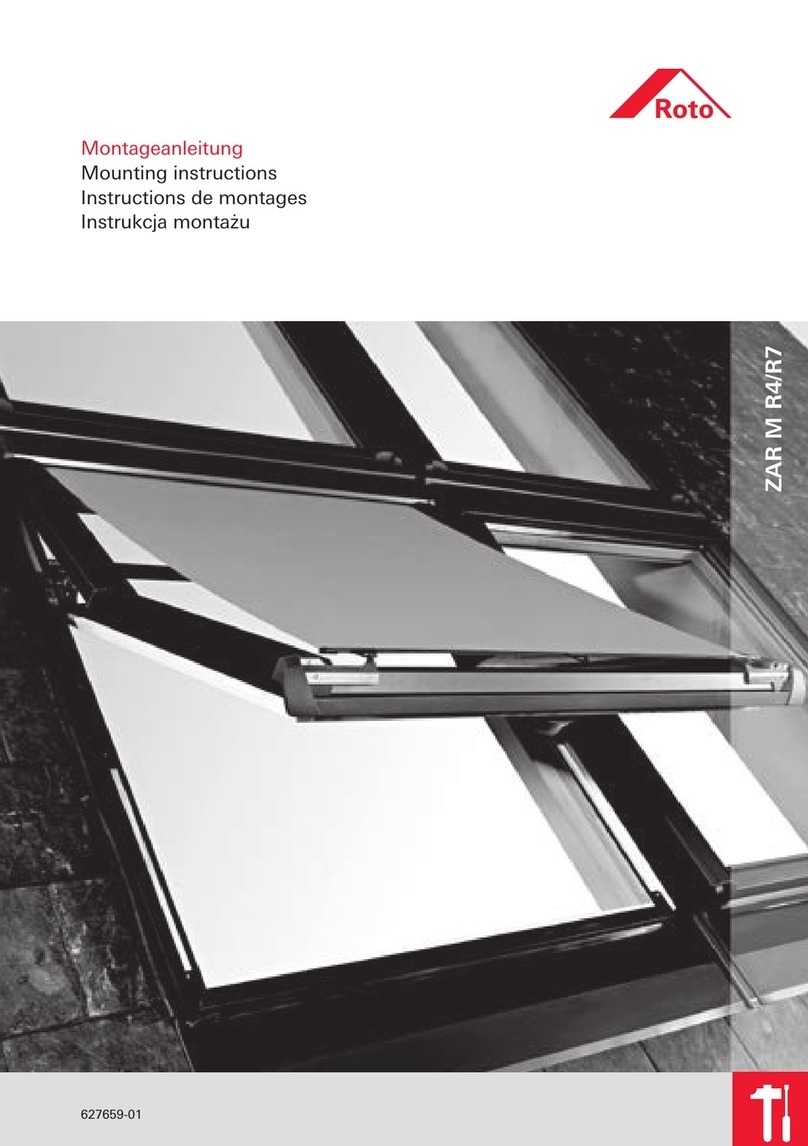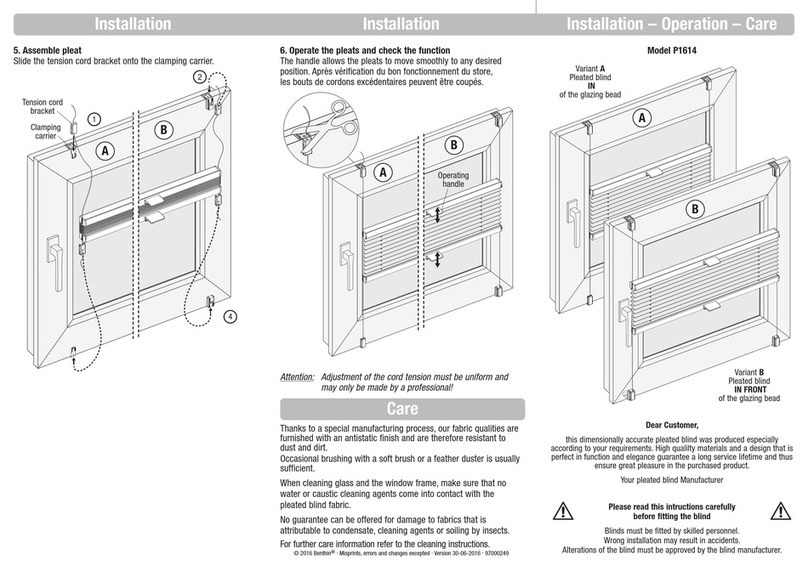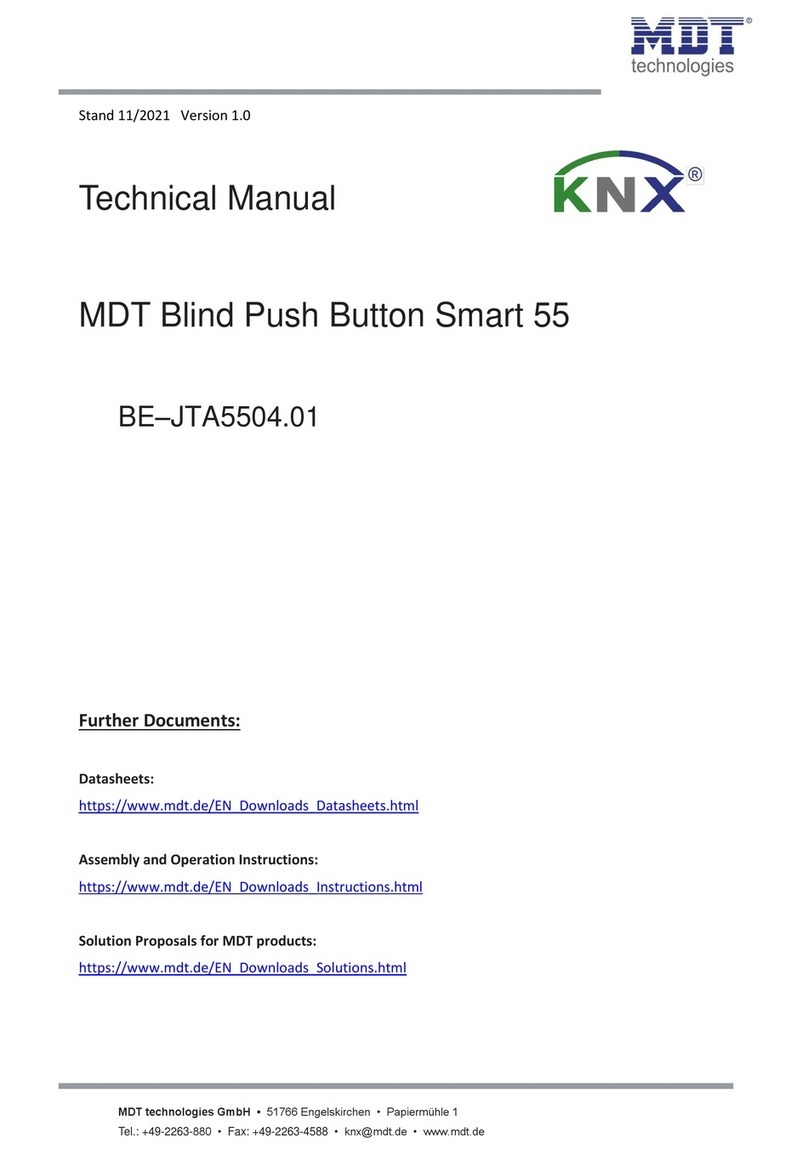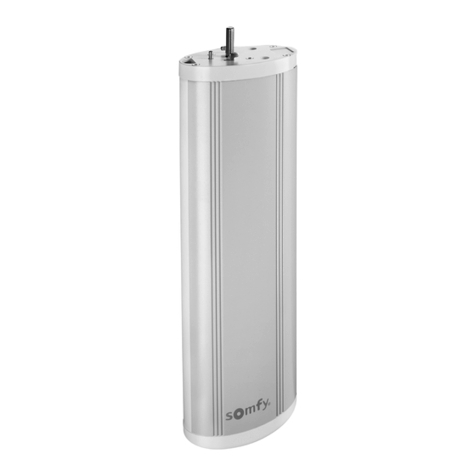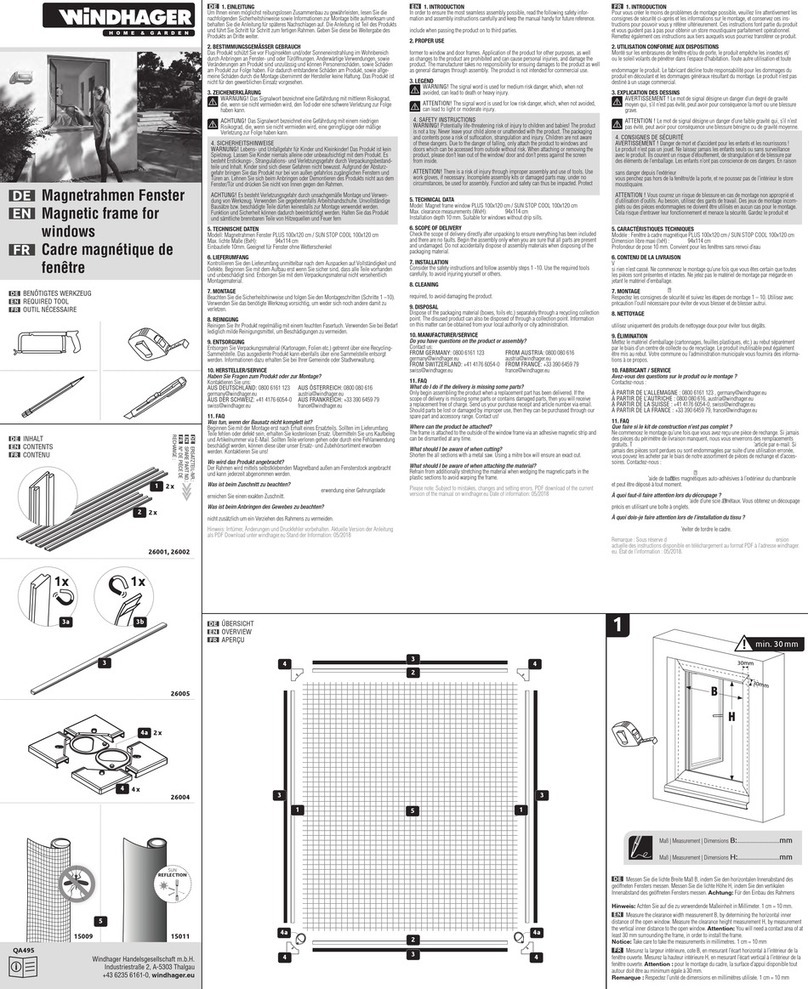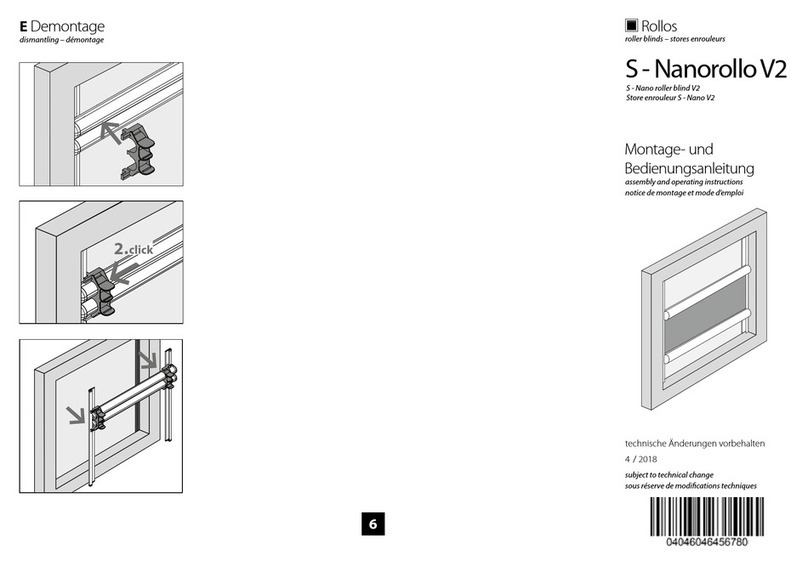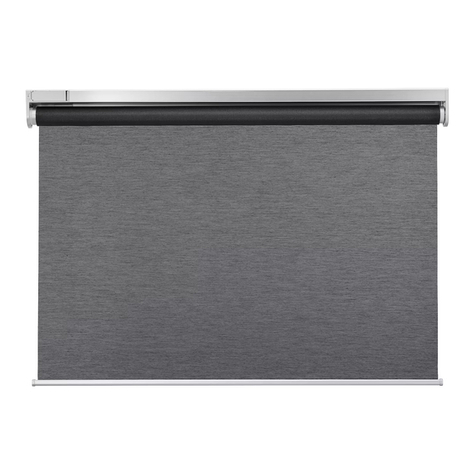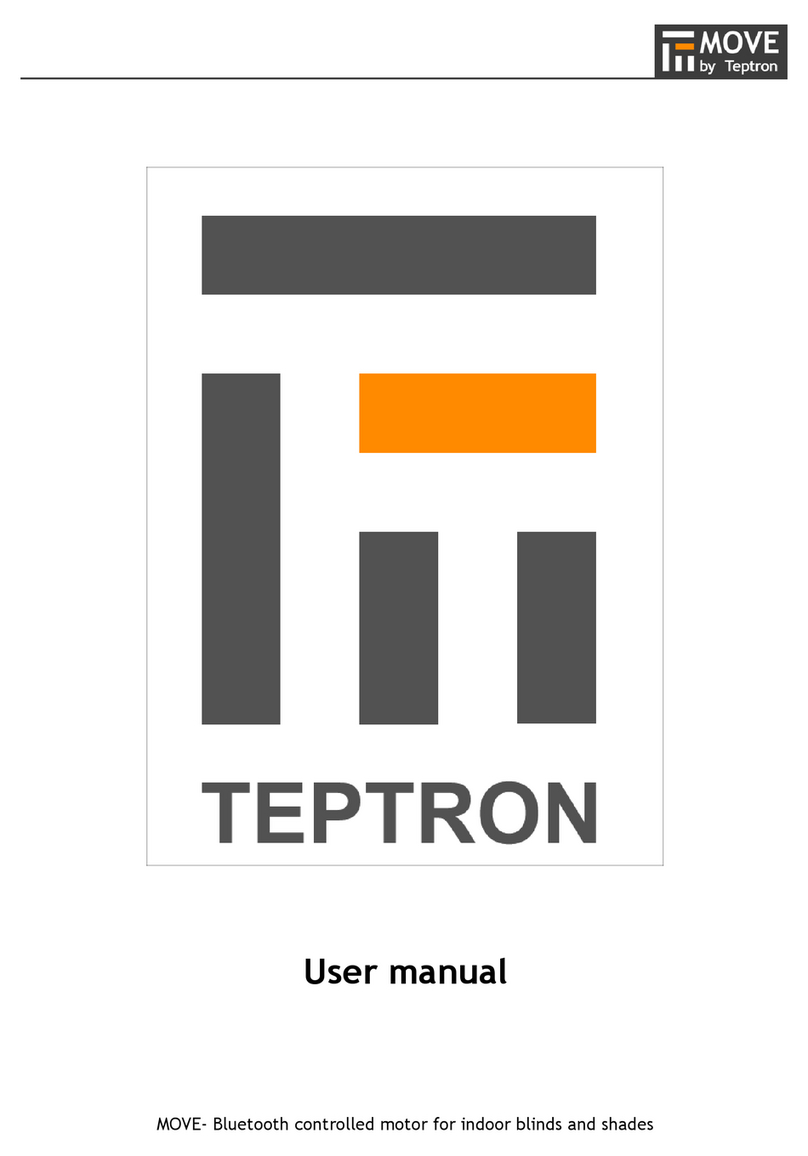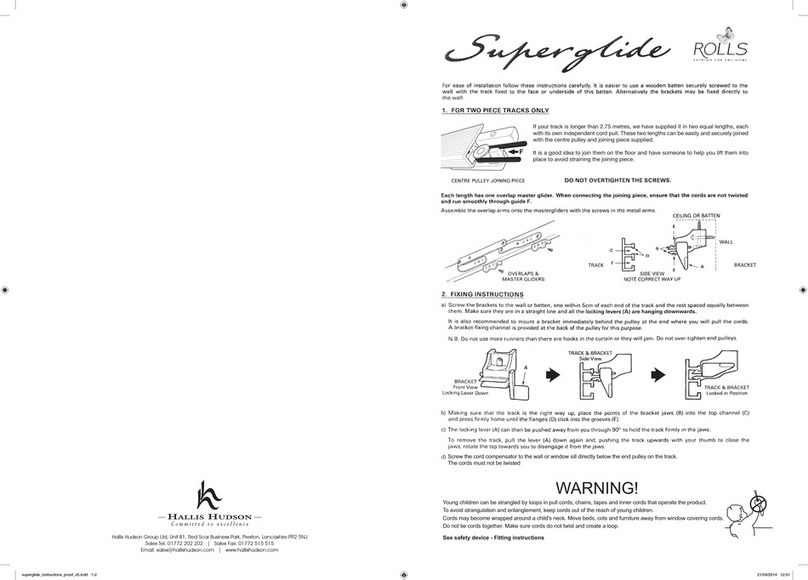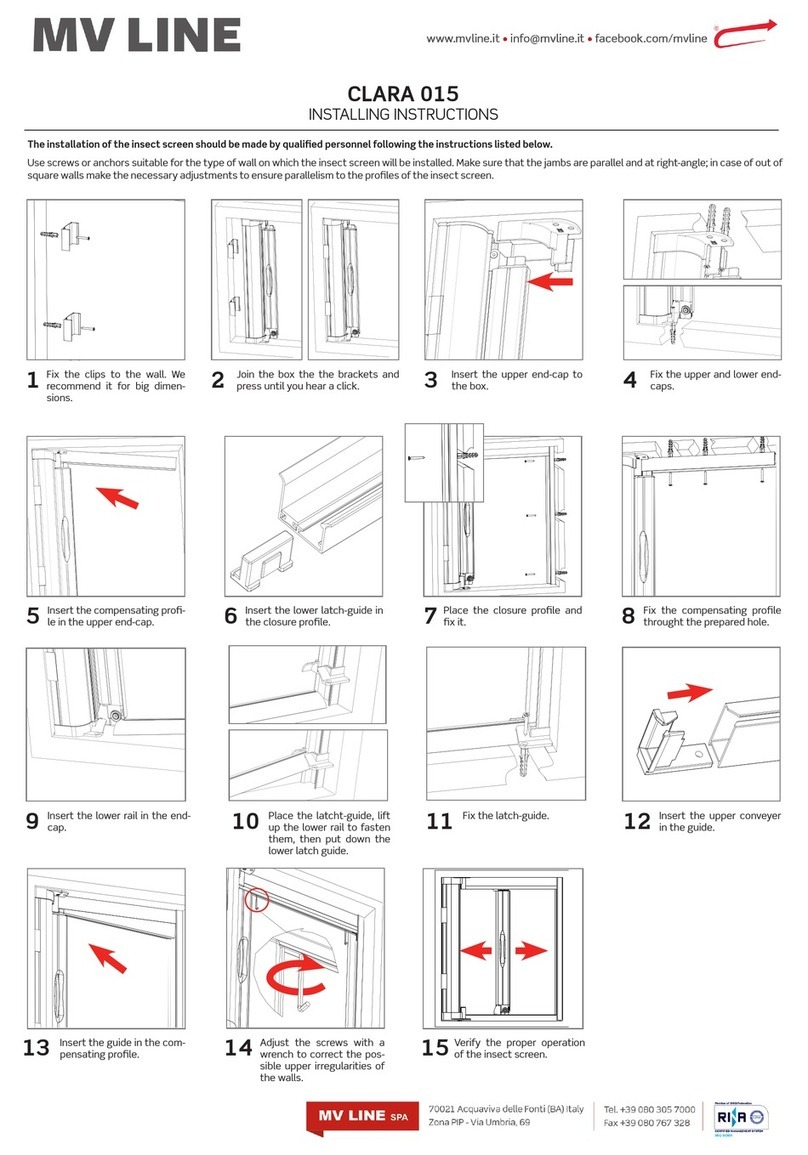
Sensoric GmbH Berlin © www.witt-sensoric.de 4
Purpose
Mounting, installation and commissioning
The safety light curtain (LIGI) consists of a transmitter and receiver and is suitable for
all automatic door types with a minimum door width of 1.6m. The LIGI complies
with the following regulations: EN 12978, EN 12445 and EN 12453. The closing
speed of the door is to be selected in such a way that the force limit values as per EN
12453 are adhered to. Only objects that are 5mm larger than the beam separation
distance can be detected.
Mounting, installation and commissioning of safety light curtains may only be carried
out by trained personnel in accordance with the specifications of the door manufac-
turer. The specifications in this operating manual are also to be adhered to. Opera-
tion under conditions other than those intended and modifications to the optics and
casing are not permitted and result in loss of EC conformity.
When installing SSR (solid state relay) versions, it must be ensured that the door
control system checks the safety light curtain versions with a test input once per door
cycle. To do so, the control system must trigger the test input on the transmitter for
at least 100ms and monitor the reaction behaviour of the output of the receiver. If
the time behaviour corresponds to the technical data, the test is successful. Testing by
briefly switching off the supply voltage is not suitable.
The safety light curtains are designed in such a way that sunlight and light from
halogen lamps and fluorescent tubes (see IEC 61496-2) do not lead to undesired
activation.
In rare cases, other photo switches or sources of infrared light can lead to undesired
activation. These sources of light interference must be dealt with in such cases by
switching off, blocking or removing them.
If two light curtains (in front of and behind the door) are to be used to provide
protection, the separation distance between the light curtain and door should be
small enough that persons cannot be present undetected between the door and the
detection zones that are created. For this application, the two transmitter of the light
curtains should be mounted on opposite sides of the door.

